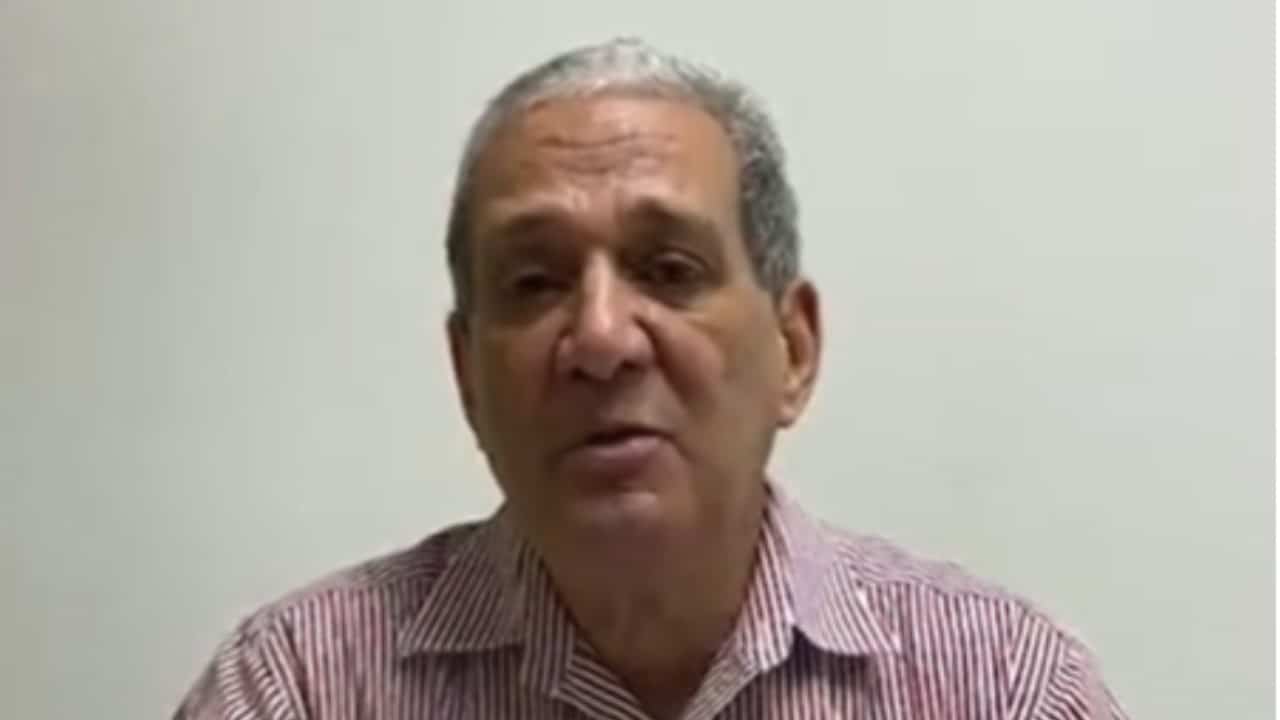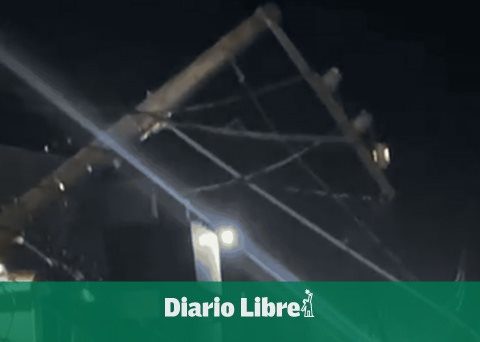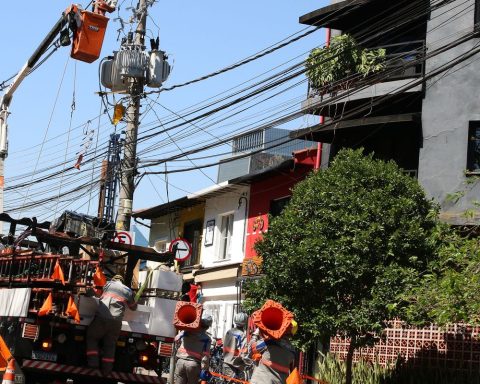The allergist Ramón Almodóvar calls on patients with a respiratory condition to be careful before the arrival each year of the sahara dusta cloud created from masses of warm air loaded with sand particles and an increasingly constant and persistent presence.
The doctor indicates that this mass accumulates mold, spores, chemicals, minerals and organic particles on his journey from Africatherefore, when coming into contact with it, the patient may be affected.
“It is a phenomenon that has been strongly felt for about 10 years now, now in a more concentrated way. Every year we see it more intense and the sky becomes more opaque, although we must also recognize that it favors the soil with the minerals it provides”, said the specialist.
Among the negative consequences are the rise in temperature, the dragging of some microorganisms, pollution and poor air quality, increased symptoms of allergies and health effects such as irritation in the throat, mucous membranes and dry skin.
Almodóvar points out that one of the conditions that makes the sahara dust feel more is that “the temperature of the country is a incubator temperatureideal for the reproduction of allergens and dust mites”.
In your daily consultation Docamedthe allergist has noted an increase in nasal, ocular and respiratory manifestations in patients who have an underlying disease such as asthma, bronchitis, or rhinitis.

“If you have respiratory problems, must be more careful”, insisted the doctor.
“If it’s a person without any underlying pathology, do not take stress because it is something we have to learn to live with. It is important to bring peace of mind to patients,” he added.
Dr. Almodóvar’s advice to his patients is to use masksand if they feel itchy eyes, wash your face with plenty of wateralso use long sleeved shirts to prevent itchy skin and consult your doctor to treat the underlying diseases that cause allergies.
It is also recommended moisturize the skin with creams based on urea and vitamin C or E and drink a lotho liquid.
“If you feel bad, go to the emergency room, if it is a child, to your pediatrician and there they will know how to refer you because when the patient arrives at the allergist it is because he already has evident manifestations of rhinitisdermatitis, allergic conjunctivitis or who is allergic asthmatic”, he concluded.
The Sahara is the largest producer of dust on the planet and transports an average of 182 million tons of dust every year, according to NASA.

















